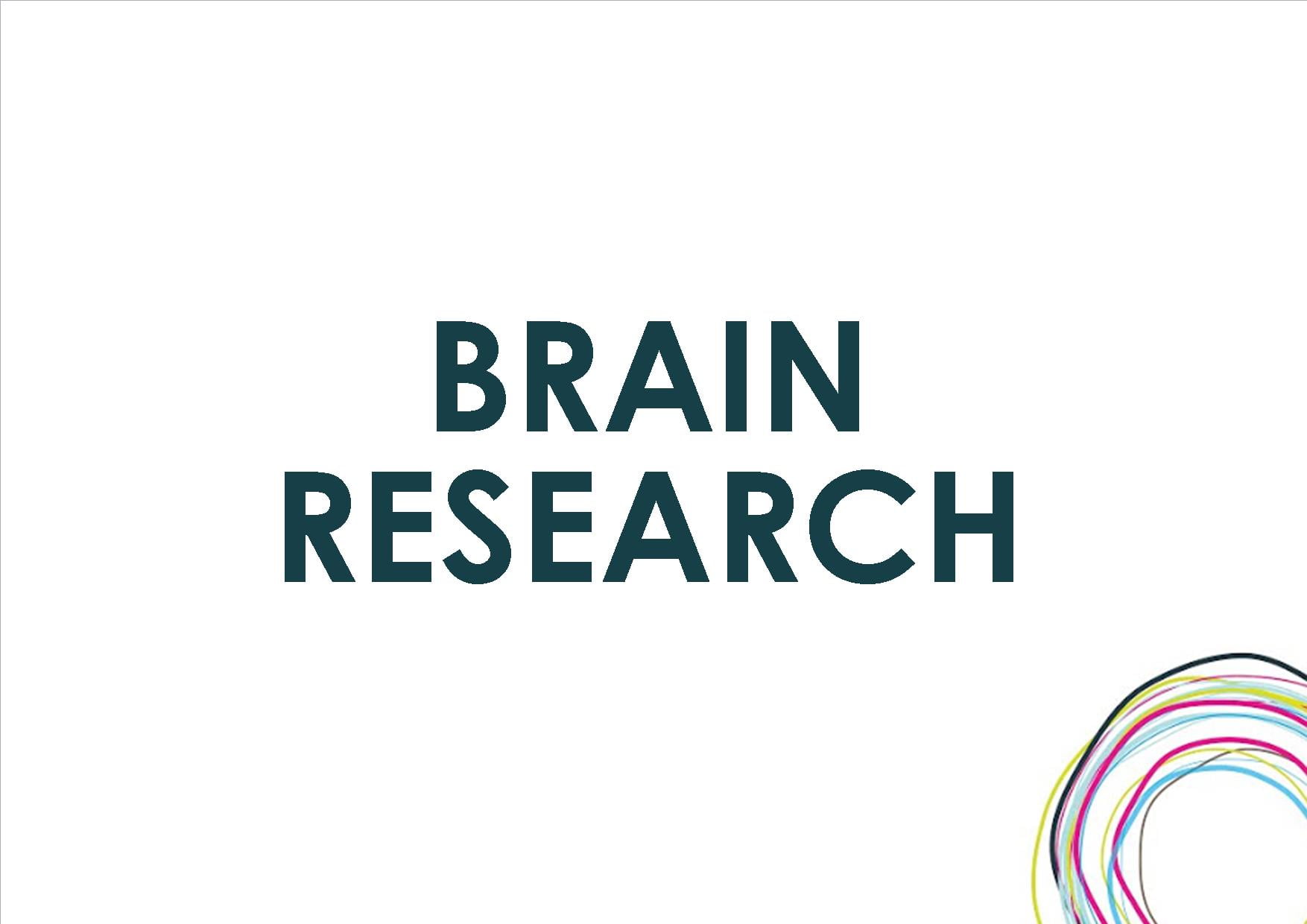Scientists have developed a novel approach for deep brain stimulation. The new method, published in Science, utilises upconversion nanoparticles to allow delivery of visible light deep into the brain to stimulate neural activities in a less-invasive manner. This innovation marks a significant breakthrough in optogenetics, empowering researchers to uncover valuable insights about the brain.
Optogenetics is a widely adopted research technique in the field of neuroscience that makes use of visible light to activate or inhibit neurons in the brain, enabling researchers to examine the brain’s functions in a minimally invasive manner. The inability of visible light to penetrate into deep brain structures, however, remains a major experimental challenge for this technique, and current deep brain stimulation still requires the insertion of an optical fibre directly into the brain.
To make deep brain stimulation less invasive, the researchers began exploring with near-infrared light, known to possess significantly higher tissue penetration capability and also relatively safe for biological samples. Using a two-step process, upconversion nanoparticles are first introduced into the brain by transcranial injection. Upon reaching deep brain, the implanted upconversion nanoparticles, a unique group of luminescent nanomaterials capable of converting near-infrared light into visible light, then generates visible light which acts to stimulate the neurons. The strategy has shown to be effective in triggering memory recall and dopamine release in the team’s experiments.
This novel approach offers a simpler, less-invasive alternative to fibre-optic implantation for deep brain stimulation, the researchers say, and holds immense potential in facilitating advancement in neuroscience.
Paper: “Near-infrared deep brain stimulation via upconversion nanoparticle–mediated optogenetics”
Reprinted from materials provided by the National University of Singapore.

